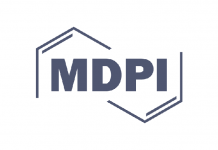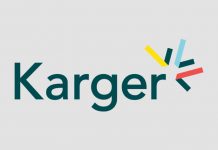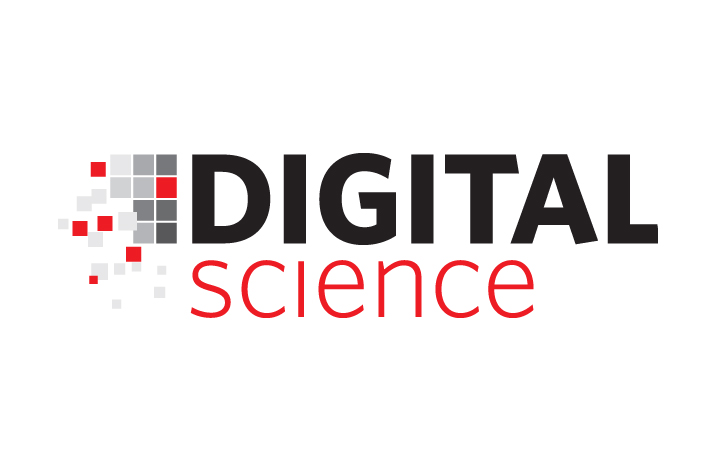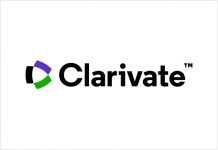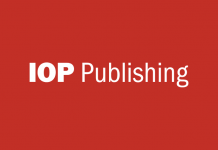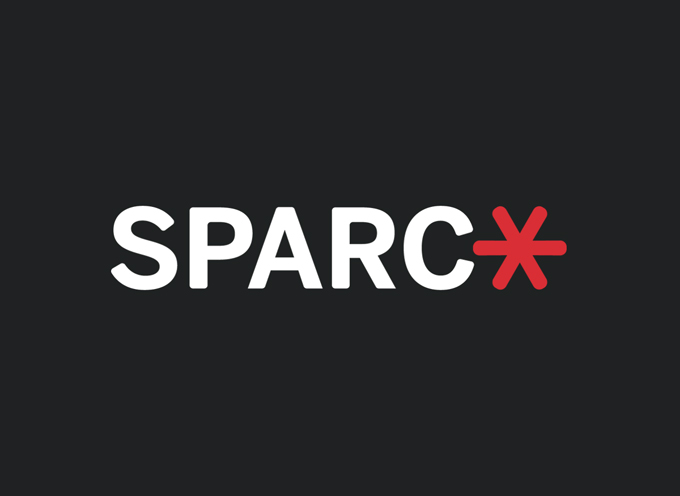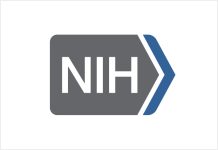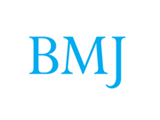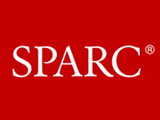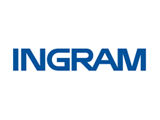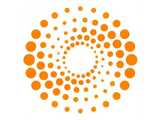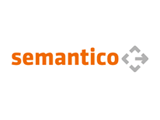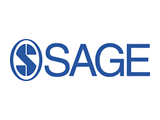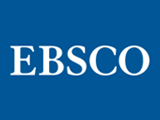The House of Lords Science and Technology Committee has today criticised Research Councils UK’s (RCUK) for failures in its communication of its open access policy. The report says the previous lack of clarity about RCUK’s policy and guidance was ‘unacceptable’.
- Committee Report: Open Access (HTML)
- Committee Report: Open Access (PDF)
- Inquiry: Open Access
- House of Lords Science and Technology Committee
The report welcomes RCUK’s recent clarification that it will gradually phase in its open access policy over a five year implementation phase, and recommends that RCUK update its policy guidance and all its communications to reflect the anticipated “journey to compliance” and its flexibility over embargo periods.
The Committee calls for monitoring of the impact of open access, both at fixed review points and throughout the implementation period.
The Committee recommends that, given the widespread confusion over the policy, the Department for Business Innovation and Skills must review the effectiveness of RCUK’s communication about open access to ensure that lessons are learnt.
The report calls on RCUK to monitor the effects of open access in its autumn 2014 review and beyond. This review should consider:
- Whether different disciplines require different embargo periods, licenses and primary models of publication ;
- whether the UK, in stating a preference for “gold” open access, is moving in the same direction as other countries which are mandating open access (but not necessarily gold open access);
- whether article processing charges have adversely affected the number of international articles published in UK journals;
- effects on the quality of peer review;
- impact on the number of collaborations by UK researchers; and
- effects on learned societies.
Commenting, Lord Krebs, Chairman of the House of Lords Science and Technology Committee, said:
“RCUK did not consult or communicate effectively with key stakeholders in the publishing and academic communities when implementing its open access policy. While we are delighted that our inquiry has shown that RCUK are proposing to phase in their open access policy during the initial five-year implementation phase, this should have been made clear much earlier. That is why we call upon the Department for Business, Innovation and Skills to review how RCUK communicated this important change.
There are still many unknowns concerning the impact of the open access policy, which is why RCUK must commit to a wide ranging review of its policy in 2014, 2016 and before it expects full compliance in 2018. We heard significant concern about the policy’s ‘one-size-fits-all’ approach, and are pleased that RCUK are both aware of these concerns and prepared to act on them.
Open access is an inexorable trend. The Government must ensure that in further developing our capabilities to share research they do not inadvertently damage the ‘complex ecosystem’ of research communication in the UK.”





